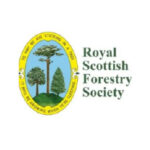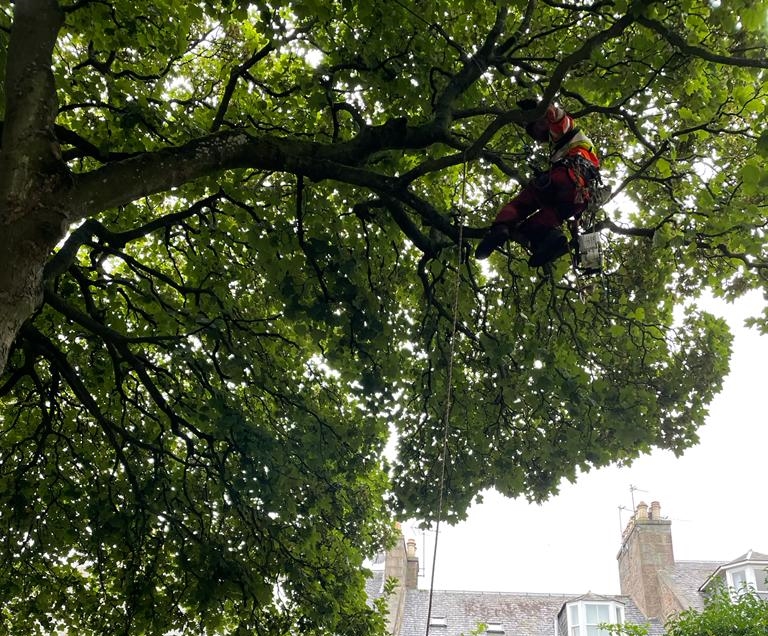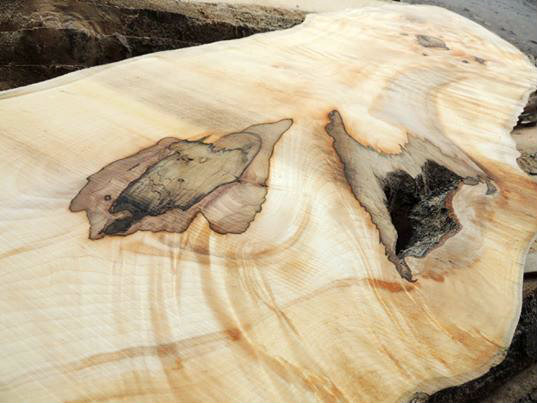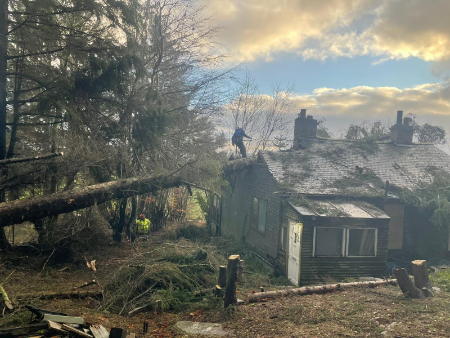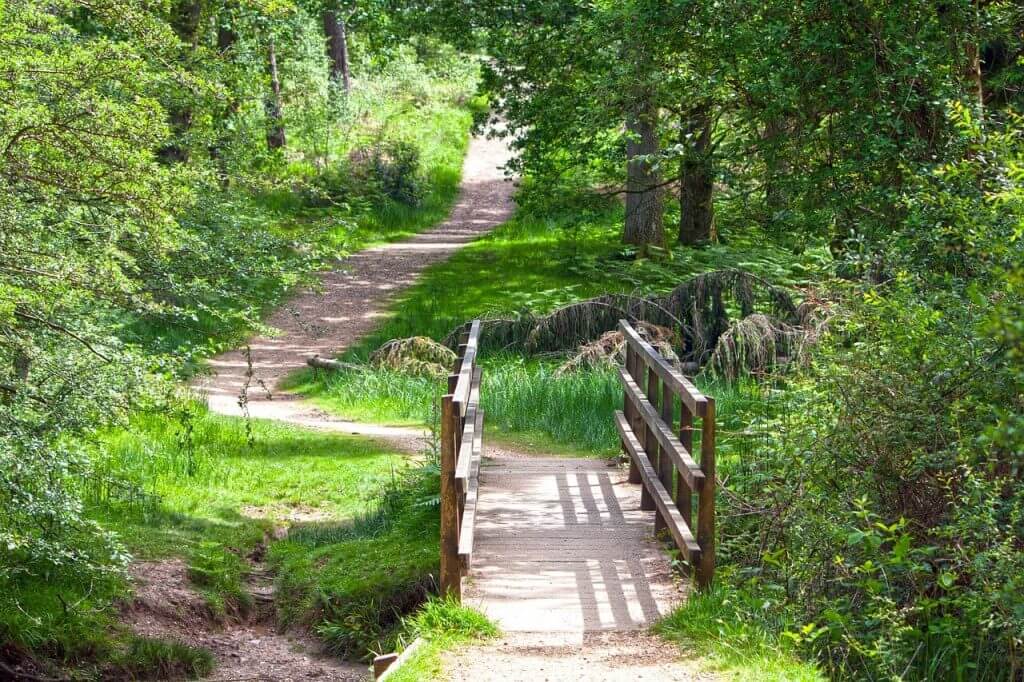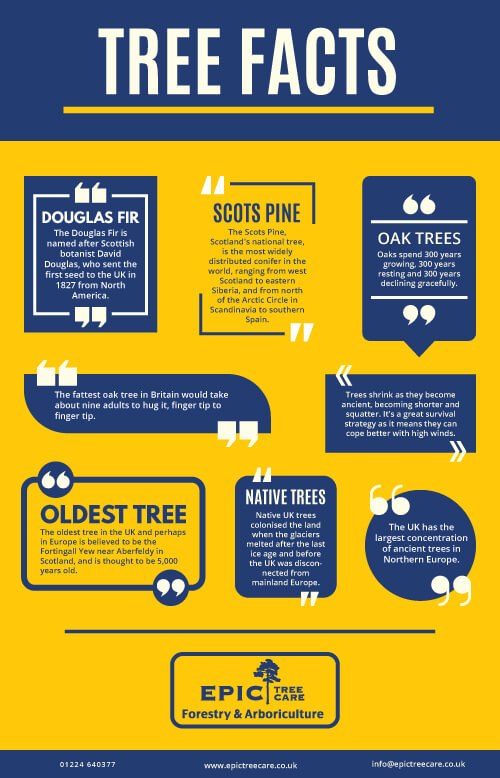Trees for Bees | Bee Trees
July 15, 2019
If you want to attract bees, plant these trees!
Bees play a vital part in maintaining a healthy ecosystem, but they are dependent upon suitable trees and plants that provide high levels of pollen and nectar for their existence.
As the numbers of some of our most precious bee and wildlife species in the UK reach dangerously low levels, homeowners can help by selecting appropriate trees and plants to create a welcoming environment for bees in their gardens.
Planting trees for bees is a great way to help pollinators. Large trees of a certain maturity with large crowns tend to produce the most flowers, therefore they offer large and rich sources of pollen and nectar for Honey Bees. It is important that the tree’s growing conditions are correct, ensuring sufficient water before and during the production of flowers, so that a steady flow of nectar is produced.
Before we look at exactly which are the best trees for bees to plant, both the location and proximity in which the trees are planted, and the season in which the tree flowers, must be considered before planting trees for bees.
Flowering Seasons:
The Honey Bees’ flying season lasts from March to October, and with many nectar producing plants flowering in spring and summer, it’s important as the year progresses further into the flying season that there are still nectar-bearing flowers for honey bees to visit. Styphnolobium/Sophora, also known as the honey tree, and Tetradium Daniellii, the bee bee tree, are among the most common trees for Honeybees. The bee bee tree is a non-native tree, and it’s important that a proportion of non-native trees, as well as native trees, are included in the mix of pollen producing and bee friendly trees.
But we haven’t forgotten about the humble Bumble Bee, as we have included the impressive and beautiful Paulownia Tomentose, often referred to as the foxglove tree, on our list of trees for bees below.
Planting bee friendly trees in urban areas:
Planting bee friendly trees in urban areas helps build habitat for bees and other insects, creating pollination trails which link gardens and streets. This allows flying and other insects an easier and more nutritious path through our urban concrete jungles.
Trees for Bees:
There are countless species of trees for bees, including fruit trees. However it’s important to note that double or filled flowers do not produce nectar or pollen, whereas trees that produce single flowers do produce nectar or pollen.
Including both their Latin names, English synonyms, and in some cases their nickname or the name by which they’re more commonly known.

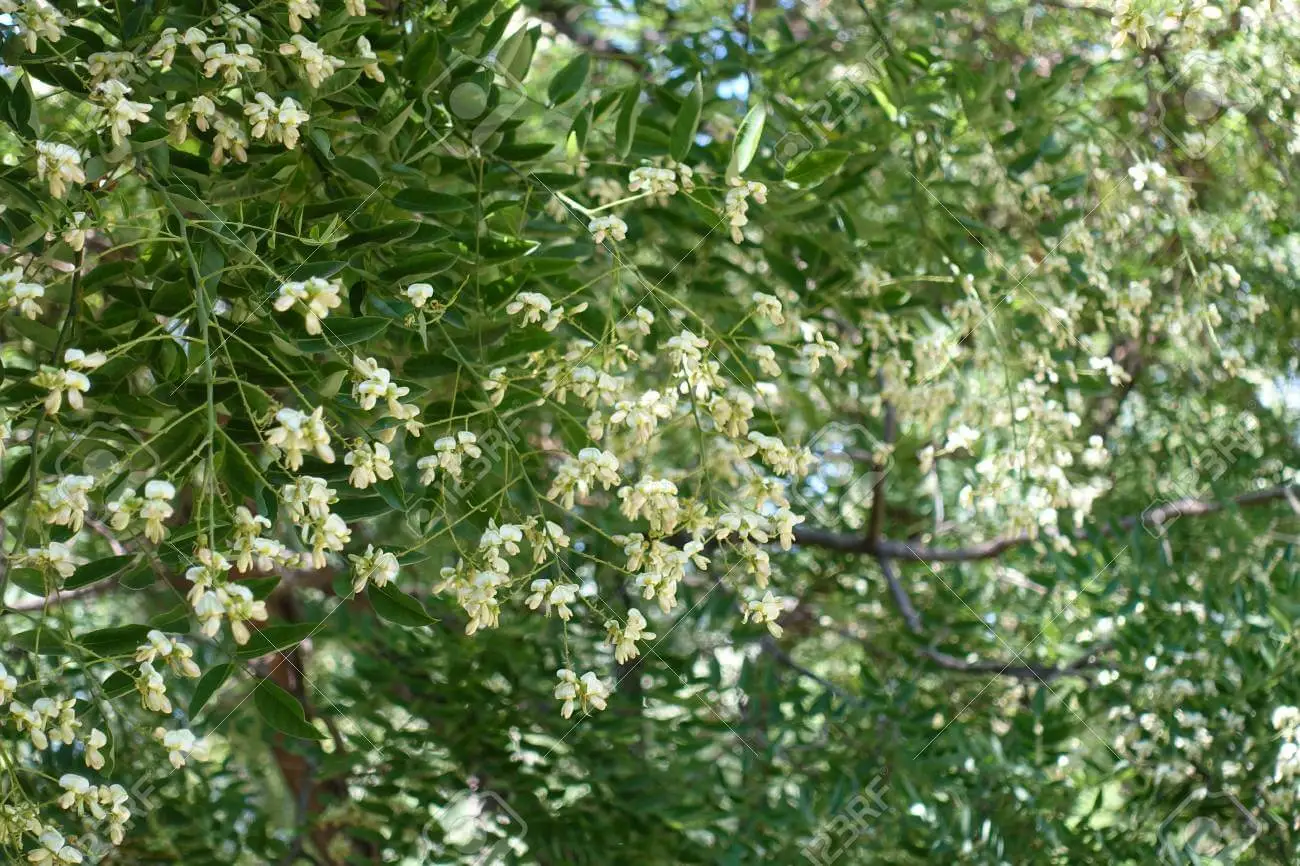
The honey tree for Honeybees
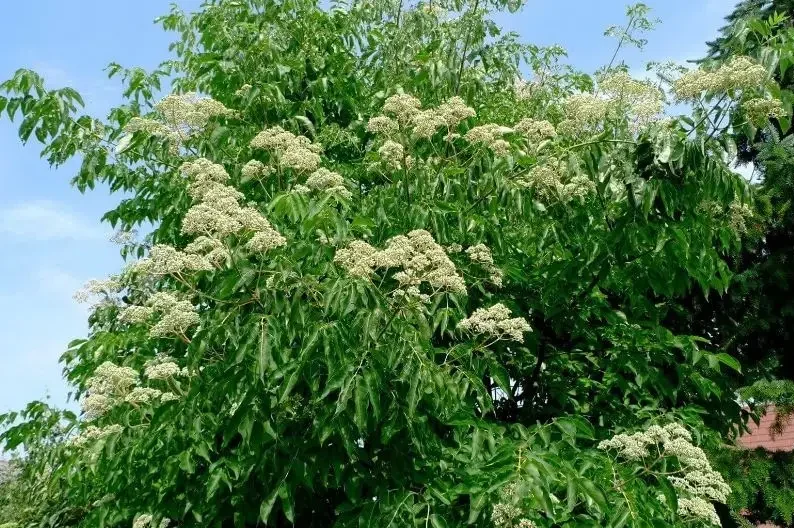
Late flowering non-native tree providing a valuable source of Autumn nectar for Honeybees
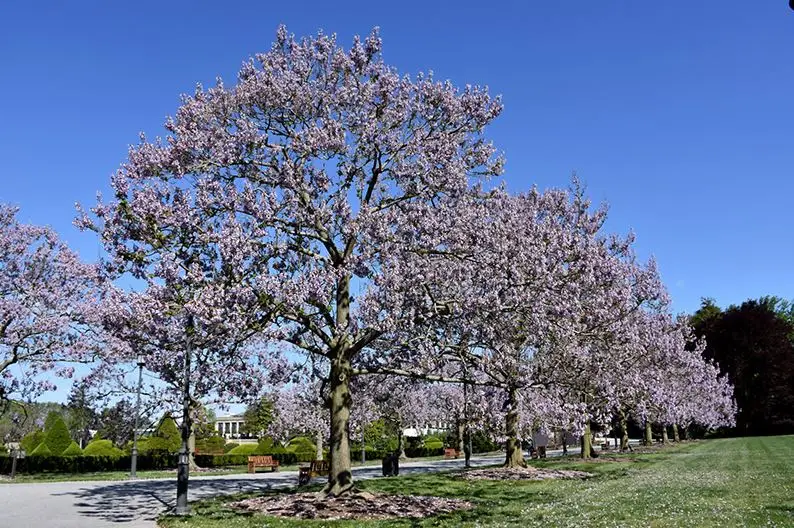
Specifically for bumblebees
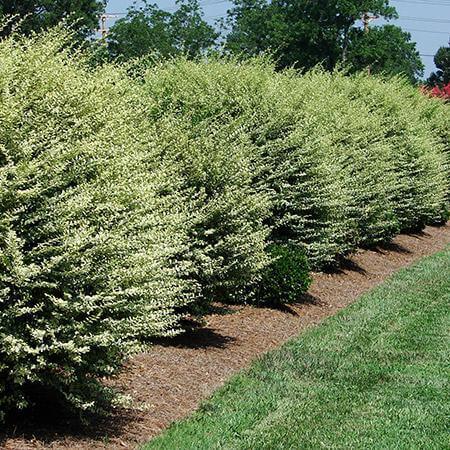
A late flowering non-native tree, providing a valuable source of Autumn nectar.

provides early sources of pollen when few plants are in flower.
So the next time you consider planting a tree in your garden, consider a tree but will not only look beautiful in its place, but serve our dwindling numbers of bees another species of wildlife. The bees will thank you and you’ll be rewarded with life, visual appeal and interest in your garden.
For specific information about bees, you can contact the Bumblebee Conservation Trust or The British Beekeepers Association.
If you would like any further information or advice about trees for bees. Or indeed any aspect of trees, you can ask one of our qualified and experienced tree surgeon’s here at Epic Tree Care.
Telephone Number
Location
Craigenseat Farm, Crossroads, Keith, AB55 6LQ, United Kingdom
More from Epic Tree Care
Check our library of articles regularly, as we’re constantly growing our knowledgebase.

